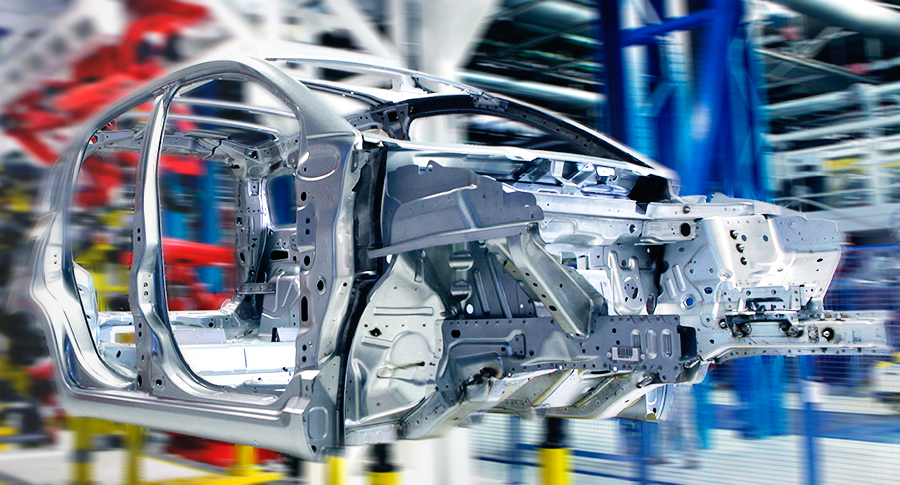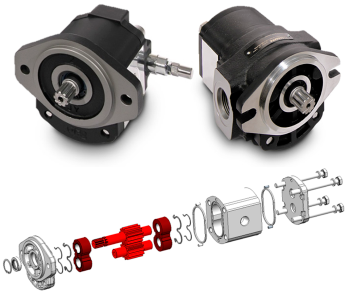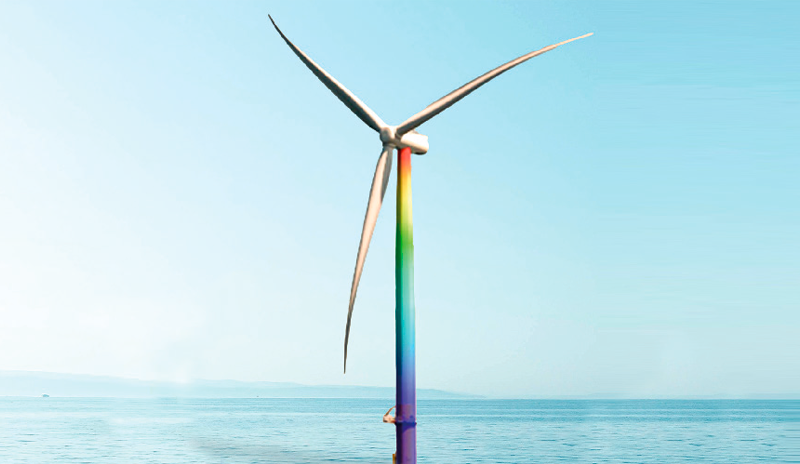Abstract
In this case study, EnginSoft engineers explain how they used modeFRONTIER to assist Comau, a Fiat Chrysler subsidiary, to optimize their approach to the preliminary design of production systems for automotive manufacturing system RFQs.
The case study explores how innovation in this crucial design phase enables Comau to exploit and re-use existing technical knowledge; integrate fundamental data about regional differences in market characteristics and policy constraints; incorporate engineering and throughput constraints, and equipment and lifecycle costs; and consider customer requirements.
A pareto front then enables business decision makers to consider the best of the optimal options according to the customer’s commercial parameters. The ultimate objective for the project was to identify an optimal modular approach in order to enable Comau to better respond to growing manufacturing systems demand and the related higher volumes and production flexibility requirements. Through the CAE intervention, Comau was able to reduce costs, shorten system design lead times and time to market, and increase “right first time” designs.
Read the article



